Laparoscopy
Minimally invasive and highly effective, laparoscopy is a modern surgical technique that uses small incisions for diagnosis and treatment. It ensures faster recovery, less pain, and minimal scarring.
- Home
- Service
- Laparoscopy
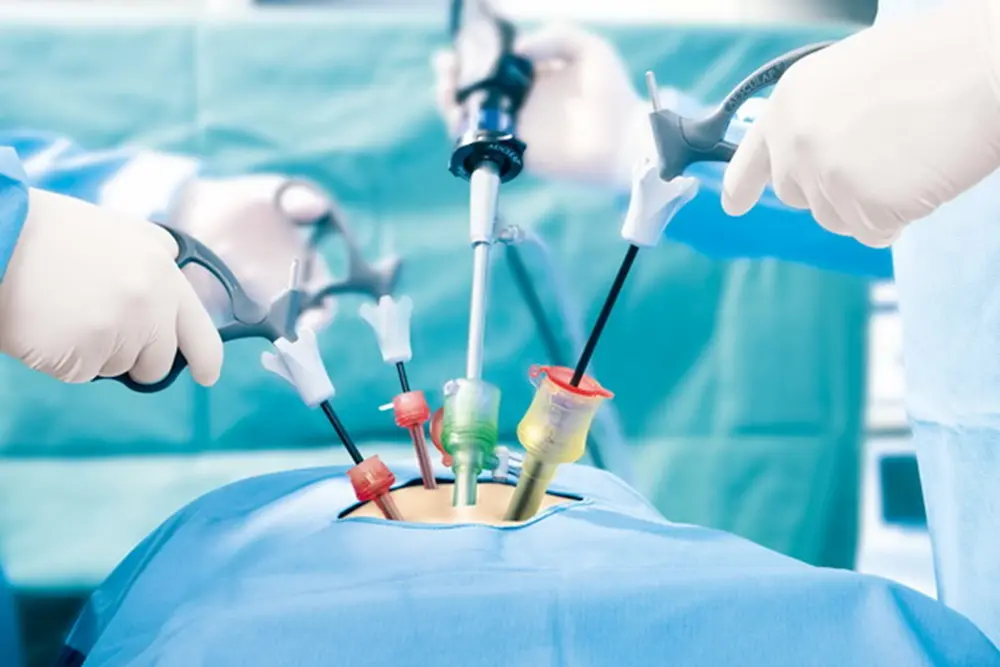
Description
Laparoscopy, also known as keyhole surgery, involves inserting a thin tube with a camera (laparoscope) into the abdomen or pelvis through small incisions. This allows doctors to view internal organs in real time and perform surgical procedures without large cuts.This procedure is commonly used across specialties like gynecology, gastroenterology, and urology to treat various internal conditions with precision and safety.
Because of its minimally invasive nature, laparoscopy is preferred over traditional open surgery for conditions involving the uterus, ovaries, appendix, gallbladder, hernias, and more. The result is quicker healing, reduced hospital stay, and fewer complications.
Because of its minimally invasive nature, laparoscopy is preferred over traditional open surgery for conditions involving the uterus, ovaries, appendix, gallbladder, hernias, and more. The result is quicker healing, reduced hospital stay, and fewer complications.
Conditions Treated
- Gallbladder stones
- Inguinal or abdominal hernia
- Endometriosis
- Ovarian cysts
- Appendix inflammation (Appendicitis)
Tests and Treatments Offered
- Ultrasound / Pelvic Scan
- CT or MRI
- Blood work (CBC, Liver, Kidney Function)
- Diagnostic laparoscopy
- Laparoscopic surgery (based on diagnosis)
- Post-op pain and infection control treatment
Book Appointment
How it works
Procedure and Process Treatment
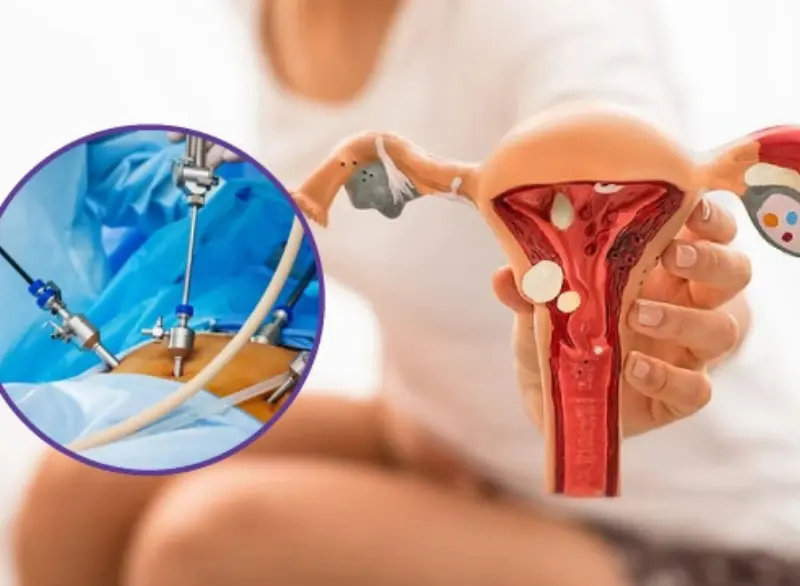
Initial Diagnosis
Your doctor will recommend laparoscopy after initial scans and physical exams, especially if internal visualization or intervention is needed.

Preparation & Anesthesia
You’ll be advised on pre-surgery fasting and tests. The procedure is usually done under general anesthesia.
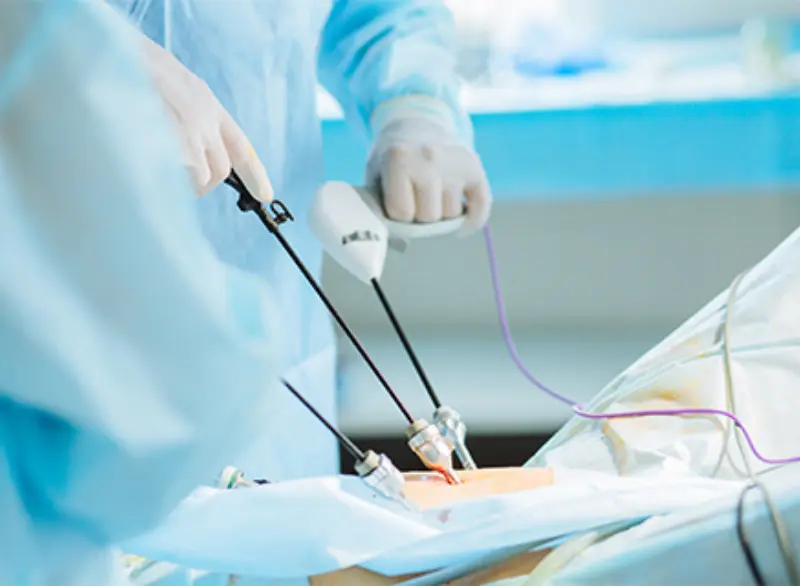
Minimally Invasive Procedure
Small cuts (usually 0.5–1 cm) are made in the abdomen. A laparoscope and tools are inserted to perform diagnosis or surgery.
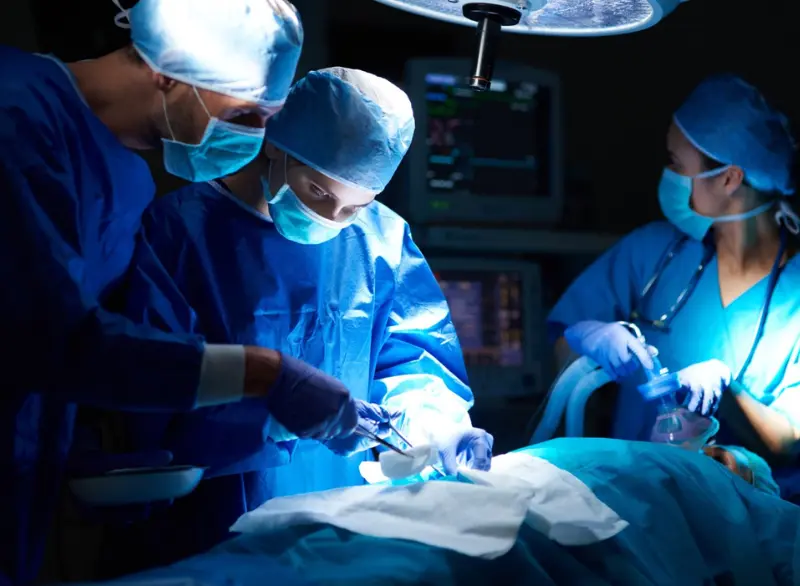
Recovery & Discharge
Most patients recover quickly and are discharged the same day or the next. Full recovery usually takes a few days to a week.
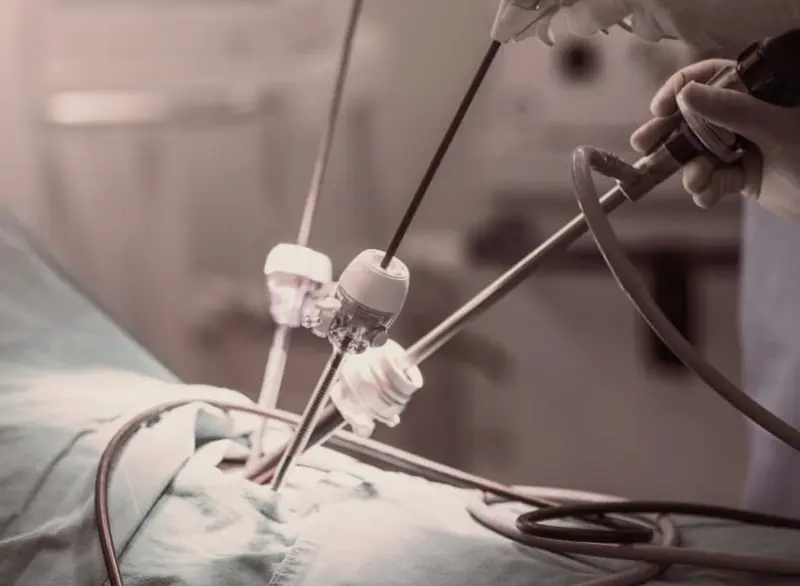
Smaller Cuts, Bigger Relief
Laparoscopy has changed how surgeries are done — with fewer complications and faster healing. Whether it’s gallstones or gynecologic conditions, this modern approach ensures high precision with minimal trauma. It’s safe, effective, and future-ready.
Frequently Asked Questions
Here are some practical questions our patients often ask:
Most patients feel mild soreness around the incision sites, which is manageable with medication. Full pain recovery is generally quick.
Yes, in most cases, you can walk within a few hours post-surgery, depending on the type of procedure done.
Recovery time varies by procedure, but most patients resume light activities within 3–5 days and normal routine in about a week.


